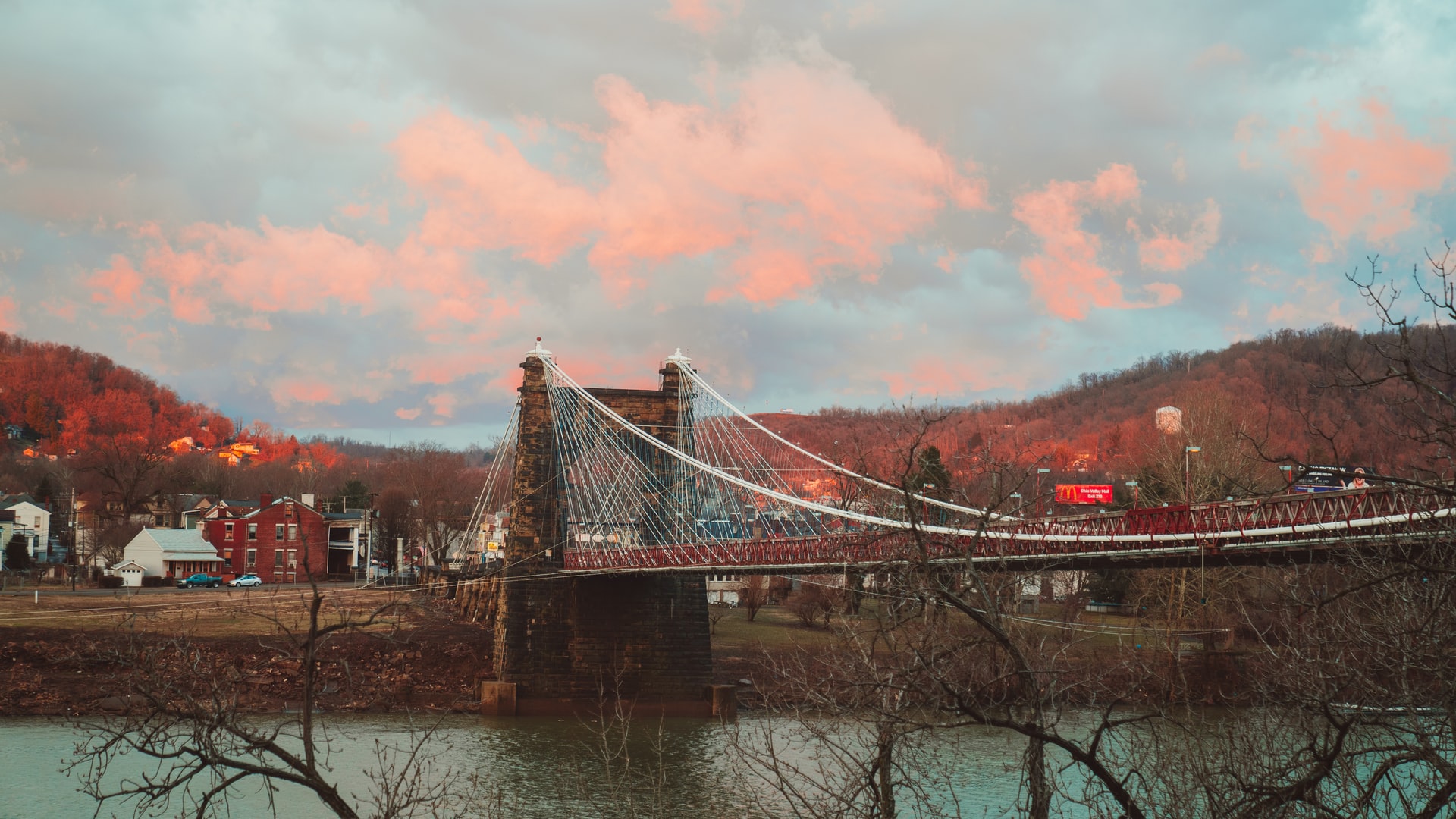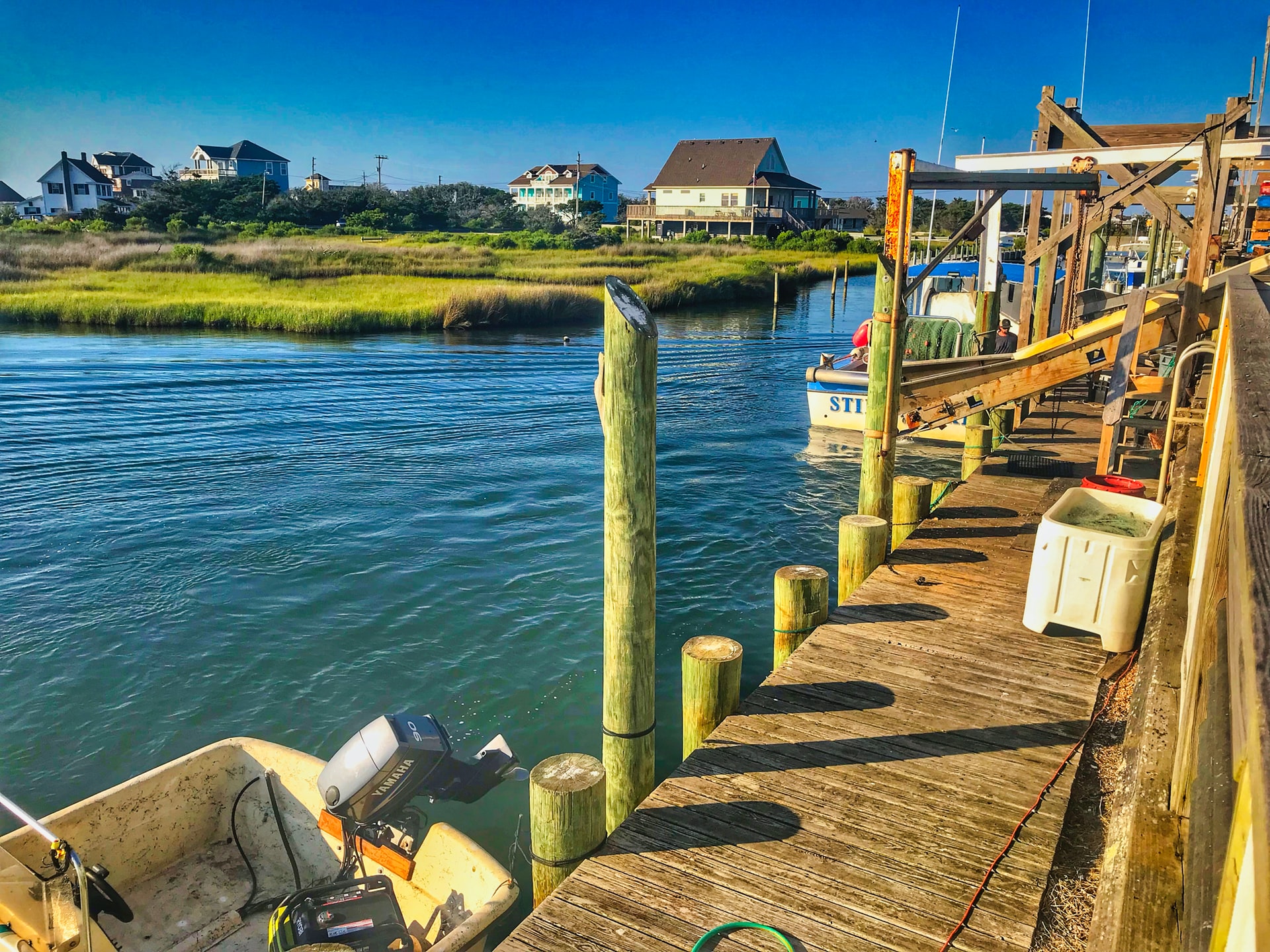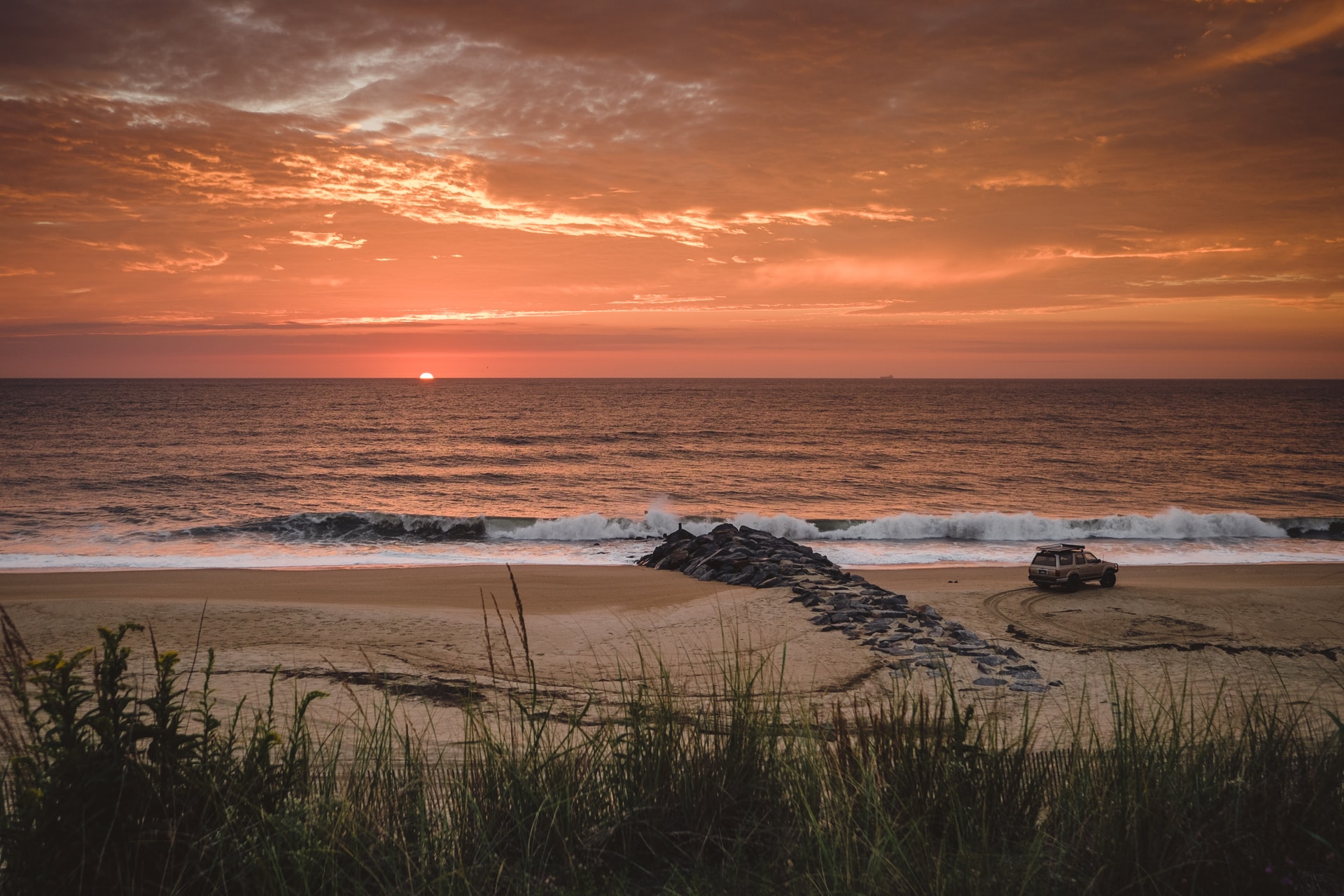
Photo: Ragged Point along Highway 1 in northern San Luis Obispo County, California. This is one of several scenic byways that the Federal Highway Administration has marked as an “All-American Road.” (Credit: Leon Kaye)
As the U.S. embarks on a fitful reopening this summer, the Federal Highway Administration (FHWA) recently dangled its own economic stimulus package to many small businesses, just in time for the spring and summer.
The gift from the FHWA comes in the form of the designation of dozens of scenic roads across the country as “America’s Byways." Announced in February, the news first came in the dead of winter and while the future of mass vaccination was still in doubt. But as the number of people who are partially or fully vaccinated continues to climb, more Americans are ready to break free of their cabin fever, yet they may just not quite be ready to fly with the ongoing “middle or no middle seats” on airplanes debate still unfolding.

Is there one of FHWA’s scenic byways near you?
Most of us have few, if any, fleeting thoughts of the Federal Highway Administration — unless, of course, we are cursing construction or gridlock on an interstate. But in addition to building and managing the country’s highway systems, the FHWA runs several smaller programs, including America’s Byways.
Whether they are “National Scenic Byways” or “All-American Roads,” the routes that the 30-year-old FHWA program recognizes are streets and highways that in some way contribute to the American experience. The process is fairly straightforward: Such roads and highways must already be recognized as a state-level scenic byway and demonstrate regional importance. Finally, depending on the designation, these routes but possess at least one or two of the following attributes: They must show archaeological, cultural, historic, natural, recreational or scenic significance.
A lift for independent businesses and the outdoor recreation industry
The scenic byways that have won these FHWA seals of approval run literally and figuratively all over the U.S. map, from remote desert highways in California to Charles Street in historic downtown Baltimore. For visitors, the experience of driving along these highways and streets can be stellar. Just ask anyone who has experienced Highways 1 and 101 versus Interstate 5 in California; the same goes for U.S. Routes 9 and 9-W in upstate New York compared to Interstate 87.
The winners aren’t only the likes of history buffs, antiquers, kayakers or rockhounders — local businesses could benefit this summer as well. The new scenic byways are a boon to main street businesses, independent hotels and roadside diners that have cause for some optimism as they get ready to welcome visitors a year after the dreadful summer of 2020.
"Through their many unique qualities, each of these new additions to the National Scenic Byways program helps America’s roads tell our national story," said Tom Everett, FHWA’s executive director, in a February public statement. "These special routes offer travelers exciting new opportunities to explore the nation, from coast to coast or close to home."

The economic case for branding that scenic country road
The newly designated routes are scattered afar, from inland Maine’s Katahdin Woods and Waters Scenic Byway to the Flaming Gorge-Green River Basin Scenic Byway in southwestern Wyoming.
Scenic America, one nonprofit that is focused on preserving the character of older towns and cities, as well as much of the U.S. countryside, also welcomed the move — noting this was the first batch of newly labeled scenic byways since 2009. “The program’s revitalization comes at a critical time for the travel and tourism sector as it contends with the devastating impacts of COVID-19 on communities that rely on a robust hospitality industry,” the group announced shortly after the FHWA’s statement.
Just as evidence suggests investments in the arts can spark local economies, a similar argument can be made for these scenic byways. Over a decade ago, for example, the University of Minnesota completed a study concluding that that investments along some of the North Star State’s scenic routes paid off for local communities.
And with over 180 of these routes across the U.S. — the only two states without any are Hawaii and Texas — the results could mean more local spending and a break from the pandemic routine most of us have been living for more than 12 months.

Image credits: Gene Gallin/Unsplash; Christian West/Unsplash; Joel DeMott/Unsplash; Leon Kaye

Leon Kaye has written for 3p since 2010 and become executive editor in 2018. His previous work includes writing for the Guardian as well as other online and print publications. In addition, he's worked in sales executive roles within technology and financial research companies, as well as for a public relations firm, for which he consulted with one of the globe’s leading sustainability initiatives. Currently living in Central California, he’s traveled to 70-plus countries and has lived and worked in South Korea, the United Arab Emirates and Uruguay.
Leon’s an alum of Fresno State, the University of Maryland, Baltimore County and the University of Southern California's Marshall Business School. He enjoys traveling abroad as well as exploring California’s Central Coast and the Sierra Nevadas.














